At Milk, we stand for inclusivity and the freedom to live your life openly, authentically, and unapologetically. Laws that threaten our community affect all of us. A wave of recently passed and proposed anti-LGBTQIA+ legislation in the US is the latest attempt in an ongoing effort to strip the rights of LGBTQIA+ people. That's why this Pride, we believe it's more important than ever to uplift and create safe spaces for our community.
Throughout the month, our special guest editor Devin-Norelle, a model and trans advocate, is sharing the stories of seven people across the country who are actively fighting for their rights. Because all LGBTQIA+ people deserve to have a safe space to exist freely.
The moment Ady Del Valle first faced the camera as a model, he knew he had finally stepped into a safe space. Growing up, Ady searched for a place where she felt completely comfortable to be herself. She searched for others like her, who identified in the ways that she did, but couldn’t find it in her traditional surroundings.
Then, in their late 20s, Ady finally found what they had been searching for. “I knew there was a community out there, but I never knew how to find it because I didn’t feel safe enough—and I didn’t personally know anyone who was queer,” they say. Ady first came out as gay, then a few years later during a phase of self-reflection, he realized his identity was more on the non-binary spectrum—which is how he identifies today.
For Ady now, safety looks like comfort, self-expression, the reassurance of similarities, and the new perspectives of difference. “I find people like me, and I'm learning so much about our differences as well,” she says. “It’s been eye-opening for me.” As a plus-size model and body diversity advocate, they’ve worked to not only find a safe space to call their own, but also encourage others to find safety and comfort in embracing their bodies. Both on social media and on-set, they consistently use their voice to call for progress.
“I came into this industry wanting to take up space in fashion [...] , but realizing along the way how I’ve needed to express myself in other ways to help others that look like me or identify like me, but also to help myself through this,” he shared on Instagram. “I’ve learned to use my body and my platform as a sort of vessel to help myself love not only my body but my full self.”
Her latest venture in encouraging love and safety through community is The Latinx Creative, an online space highlighting Latinx entrepreneurs, small business owners, and creatives. “Of course, this means highlighting Afro-Latinx people as well, and other BIPOC creatives,” they say. By uplifting as many others as possible, Ady envisions a future that’s brighter for all. “I hope to leave some sort of impact with the people I’ve crossed paths with, so they feel comfortable living as their true selves even after we part ways,” he says.
Read on for all the ways in which finding and embracing her LGBTQIA+ community has given Ady the safety to be herself.
What does a safe space mean to you?A safe space means being around people who love me, where I’m able to be myself and express myself. A safe space is anywhere I’m comfortable and can be myself. What is your earliest memory of finding a safe space?Finding a safe space took awhile to find because I came out later in life. I never really had a safe space to be myself—or to be anything, honestly. Growing up, I was never around people in the LGBTQIA+ community until my late 20s. I always knew I was queer, but in a way, I was battling it. I knew there was a community out there, but I never knew how to find them because I didn’t feel safe enough—and I didn’t personally know anyone who was queer. I finally found our community when I came out and started modeling about five years ago. My safe space was working with people in my community who were doing work similar to me. In the beginning, I found my safe spaces on-set with people who identified like me or related to me. When I started modeling, I was finally around people who were part of the community. Modeling has been such a great experience because I find people like me, and I'm learning so much about our differences as well. It’s been eye-opening for me. |
 |
How do you foster a safe space?
I think about how I grew up without those spaces, so when I'm around people, I try to make sure they feel comfortable, seen, and respected. I let them know it’s okay for them to be themselves around me, or even out in the world living their lives. I hope to leave some sort of impact with the people I’ve crossed paths with, so they feel comfortable living as their true selves even after we part ways. I hope they’ll say to themselves, “Ady is living as his true self, and I can do the same.”
In the social media world, I created The Latinx Creative as a safe space. I currently have some stuff brewing; I don’t want to put out something that is not of quality. I want to make sure that my platform highlights these people with purpose. It's for people in my community who identify as I do and as my culture does.
I plan to spotlight creatives, entrepreneurs, and small business owners. I feel like Latinx people overall are not highlighted, and are often overlooked for the work that we do. I wish I saw more people who look like me, and are doing things that I was hoping to do. This space creates that visibility. Of course, this means highlighting Afro-Latinx people as well, and other BIPOC creatives.
How do you use modeling and makeup to create a safe space?
I feel sexy in makeup. I use both [modeling and makeup] creatively to be more myself, but also to encourage others to be free and to be themselves. I want others to feel confident in the ways they express themselves.
What do people get wrong about Pride?
They think Pride is just party, party, party. I used to think it was just a party as well because I was introduced so late in life. Eventually, I stepped back and did some learning and unlearning. I started asking myself: What does this celebration stand for?
Pride is a march and a rally. It celebrates those before us who paved the way for us—our trans siblings—so that we can all celebrate who we are. It’s important to educate people about this history, and I’m still learning what it stands for. We should always remember why we celebrate Pride and the origins of our community. We need to celebrate everyone and embrace all of our differences.
 |
 |
How do you celebrate Pride outside of Pride month?
I celebrate by living, existing, and not allowing people to see me or us as taboo. Existing and taking up space as I am: It’s simply that.
What would you tell your younger self?
Come out sooner. I would tell my younger self to reach out sooner, so I could have found myself sooner. I didn’t reach out to people out of fear, and out of believing that something was wrong with me.
I know things happen as they should, but sometimes I wish I didn't miss out so much. I would have known a lot more of myself earlier in life if I had come out sooner. But everything happens in its own time, so I accept that.
What would you tell young people today?
Surround yourself with people who actually love you for you, and celebrate you for you. That has been the biggest help to me, even now when I’m a little wiser.
What does it mean to be an ally?
An ally is someone who respects us and wants to learn, but also does their own research about the multitudes of our community. Learn about the politics that affect our community, especially the most marginalized members of our community. An ally cares about us, and also sees us as us. An ally is someone who shows up for us and advocates for us. We need more allies.
How should allies show up for LGBTQIA+ people?
Unapologetically show up for us, not just during Pride month, but every day. That means calling community centers, donating money if you can, and volunteering time for underserved people in our community. Allyship is not always monetary: There are so many ways to show up. It just takes a little time and effort to do it.
This interview has been edited and condensed for clarity.
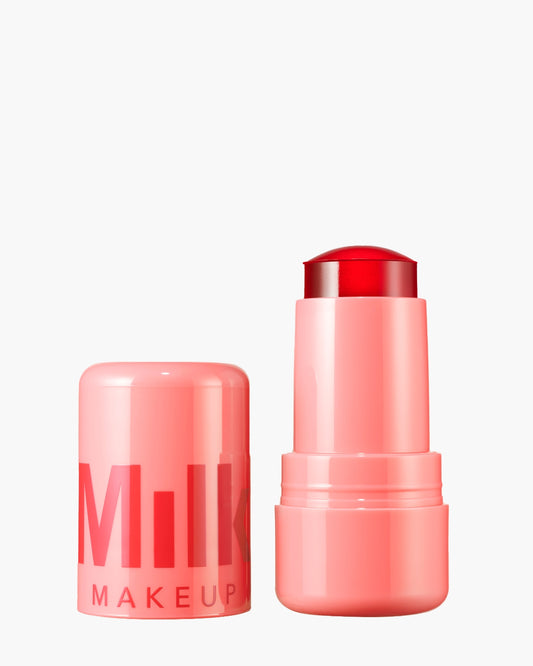
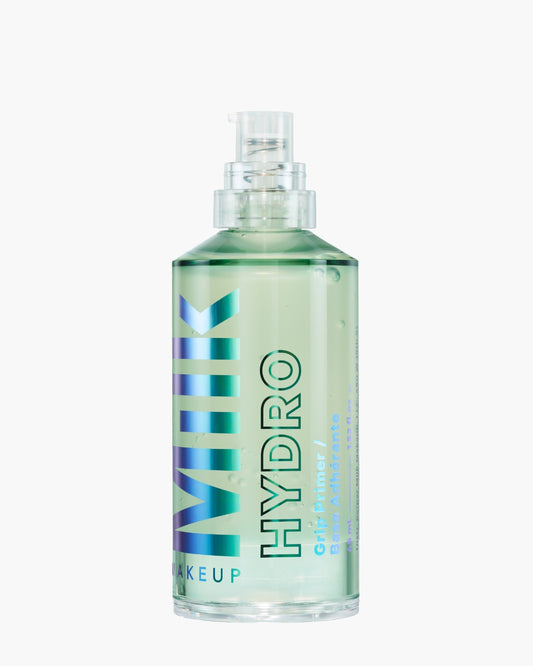
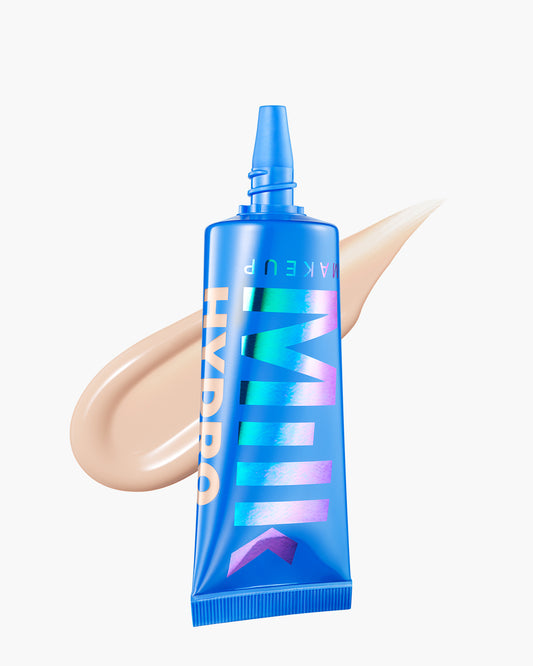
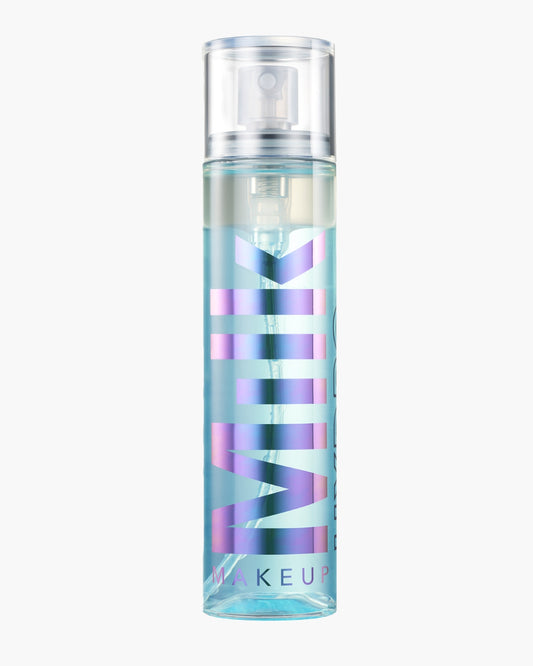
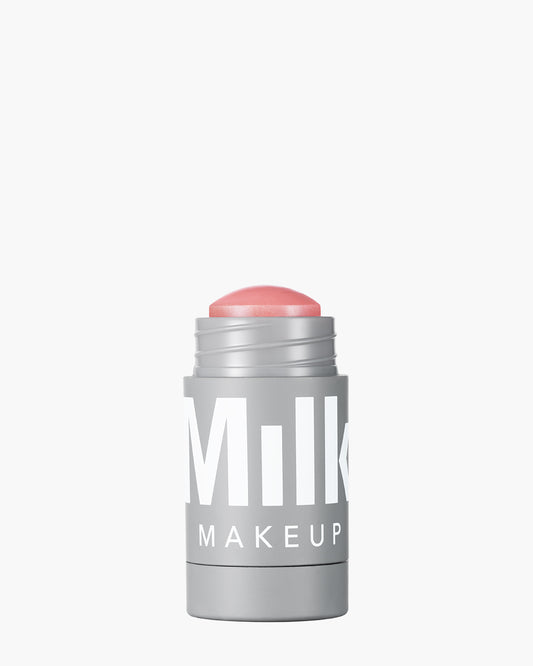


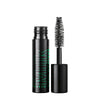
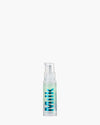


-%E2%80%A2-Instagram-photos-and-videos-v1709919789860.png?150x150) "
"
